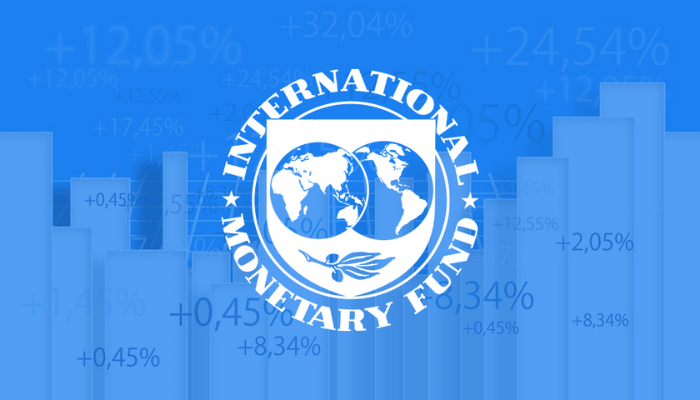The International Monetary Fund (IMF) says Nigeria’s 10% of GDP is too small to bring about the necessary changes in the economy. It also pointed out that countries need to reduce debt service costs to achieve fiscal stability.
Davide Furselli, Head of the IMF’s Fiscal Department, told the media at the IMF/World Bank meeting in Washington DC, USA, that Nigeria faces significant challenges, particularly in terms of revenue mobilization.
“Nigeria’s revenue-to-GDP ratio is very low, around 10%,” he said, noting that, like other low-income countries where this ratio averages around 15%, the country’s debt service obligations account for the bulk of its revenue. I pointed out that I was spending a portion. percent,” he said.
“This means that a large part of the revenue increase is used only to finance debt,” Fruselli explained, stressing the need to widen Nigeria’s tax base and increase revenue mobilization.
Furuseli also pointed to the impact of rising food prices and drought on Nigeria’s economy and called for a transparent mechanism to ensure government funds reach the most vulnerable. He stressed the importance of balancing revenue growth with targeted social safety nets, especially in countries like Nigeria that face both fiscal and humanitarian challenges.
Approximately 74% of Nigeria’s federal revenue in the first quarter of 2024 (Q1) was accounted for by debt servicing, which is equivalent to N1. 31 trillion out of N1. 76 trillion in retained income. The Central Bank of Nigeria (CBN) Statistical Bulletin stated. This is the lowest in five years, according to a Business Day analysis of Nigeria’s debt service and revenue from the first quarter of 2020 to the first quarter of 2024.
Experts said the decline was due to the devaluation of the naira and the partial removal of gasoline subsidies at the time.
Vitor Gaspar, director of the IMF’s Fiscal Department, said: “Budget deficits are high and global public debt is projected to rise to around $100 trillion this year.” He added that at the current pace, the global debt-to-GDP ratio could reach 100% by the end of this decade, even exceeding levels seen during the pandemic. Despite this alarming outlook, he noted differences across countries, noting that “public debt has increased in about a third of countries and is projected to rise faster than pre-pandemic levels.” ” This includes major economies such as China, the United States, Brazil, and the United Kingdom, which account for approximately 70 percent of global GDP. ”

